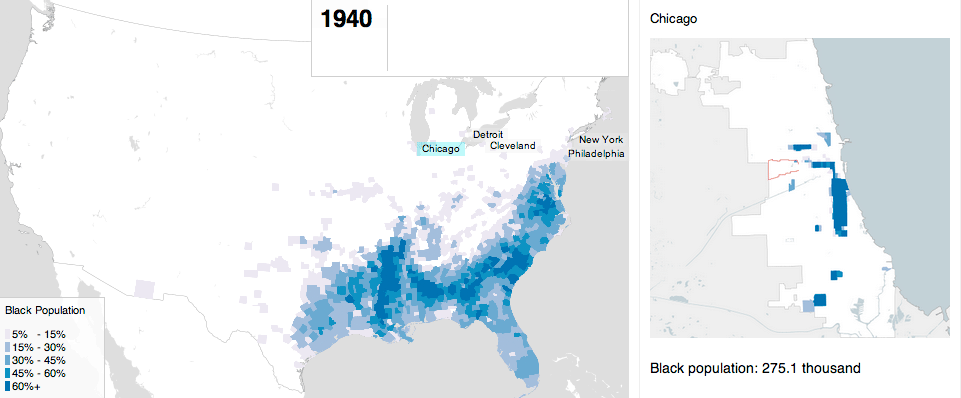In
January 1966, Monsignor Jack Egan was assigned to Presentation Parish
in North Lawndale by the newly appointed Archbishop Cody. Egan was a
well-known priest in Chicago who worked tirelessly to maintain the
church’s presence in the inner city and assist the urban poor. Looking
back on his assignment to Presentation, he said “I’m living with black
people for the first time in my life. Archbishop Cody couldn’t have
given me a greater gift. I don’t think he thought of it that way. I
think he thought he was getting rid of me.”1
While
at Presentation, Egan visited seminaries to recruit students to come
work with him on Saturdays. He assigned each seminarian a block in the
neighborhood as their “parish”. They were to get to know everyone on
that block, and then gathered in the afternoons to discuss what each had
learned that day. They called this Operation Saturation. Jack
Macnamara was one of those seminarians, and visiting his “parish” once a
week was not enough. With Egan’s support, Macnamara and another Jesuit
seminarian, Jim Zeller, received permission from their Jesuit superior
to move to Lawndale for the summer of 1967 and continue this work.2
Macnamara
and Zeller recruited college students to volunteer and live together in
Lawndale for the summer to help organize the community. They listened
to many problems that the residents were having, but nothing added up to
an issue they could organize around. Until one resident confided in
Macnamara about her struggles with making her monthly housing payment.
Macnamara was stunned by the amount she owed each month, and knew that
something was wrong. Around the same time, Ruth Wells went to Egan to
ask what she could do about the fact that her seller wanted another
$1000 when she had never been late or missed a payment over a ten year
period. With the guidance of Egan and John McKnight, midwest director
of the US Commission on Civil Rights, Macnamara and the college students
began researching an 8-block area of Lawndale at the Recorder of Deeds,
finding that the majority of properties in that area were sold on
contract.3
They
finally had an issue to organize the community around, and by January
of 1968 the first community meetings took place to present this data.
Out of these meetings was born the Contract Buyers of Lawndale, and
later the Contract Buyers League when it expanded to include homeowners
beyond Lawndale.
1 Satter. “Family Properties” 234.
2 Frisbie. “An Alley in Chicago” Ch. 17-18.
3 Macnamara, personal interview.





















